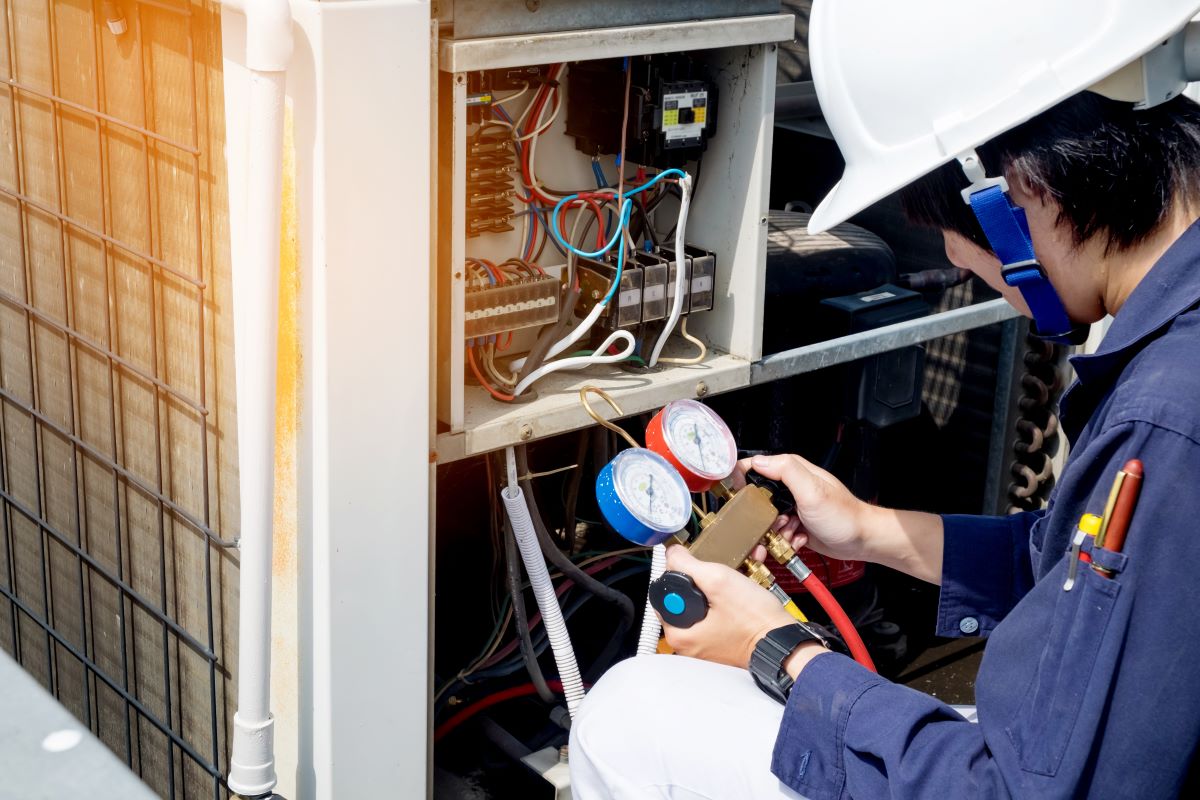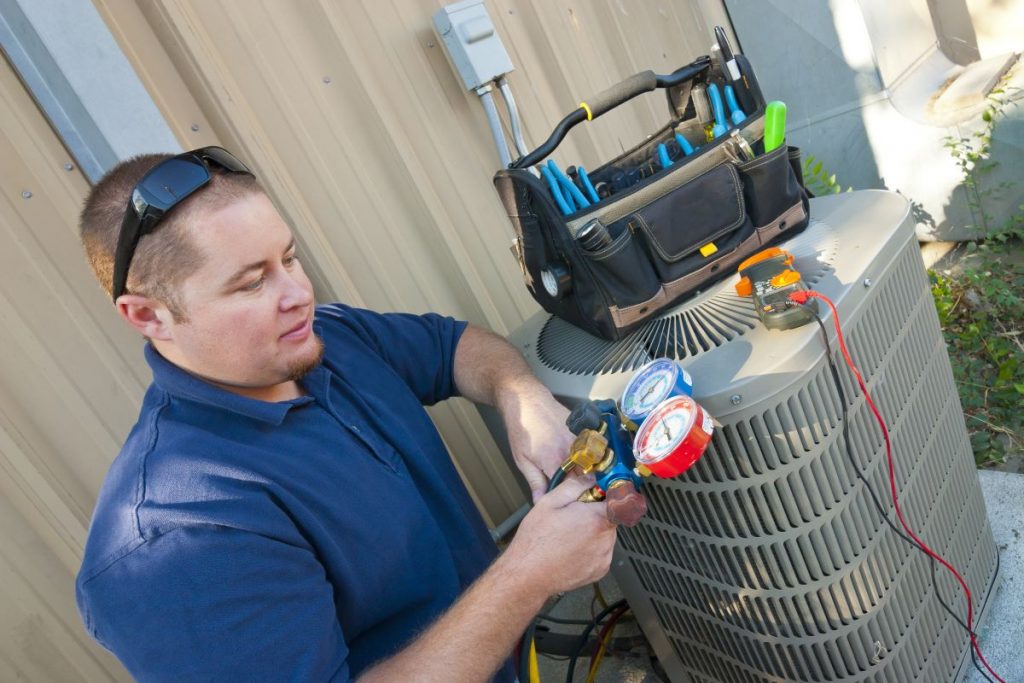Most experts agree that the heating, ventilation, and air-conditioning (HVAC) industry will rebound after the pandemic. Technavio, for example, forecasts that it will achieve a compound annual growth rate (CAGR) of 5% from 2020 to 2024. Within the same period, the market value will be almost $3 billion.
But the road to recovery will be uphill. Because of the pandemic, many businesses have shut down or trimmed down their operations. They too need to increase their profits and cash flow by managing their expenses.
HVAC companies, therefore, may find themselves competing fiercely for the market by then. How can one make itself stand out? There are two strategies they can explore: local marketing and post-pandemic branding.
The Underrated Strategy: Local Marketing
What is local marketing? Contrary to what most people think, this is not search engine optimization (SEO). Instead, it is a concept that can drive SEO.
As its name suggests, local marketing is one of the HVAC online marketing strategies (or any industry for that matter) that utilizes the Internet to introduce the business to a local community where the target market is highly concentrated or where the company operates.
There are a few good reasons HVAC contractors need to focus on local marketing during post-COVID recovery. Let’s begin with the general statistics from Think with Google:
- In 2019, mobile queries for terms like “near me” and “where to buy” had increased by as much as 200% over the last two years (or since 2017).
- The report also shared that within the same period, the mobile searches for “stores open near me” rose by at least 250%.
- In 2018, Google revealed that searches for “near me” + “can I buy” had also grown by a whopping 500% since 2016.
But that’s not all. Search Engine Land once shared that most of these online searches are low funnel. It means that they don’t result in high online conversion rates. This is because local marketing eventually brings the business outside the web.
As mentioned by HubSpot in its 2020 State of Marketing Report, almost 50% of shoppers used online information to, for instance, check the availability of a product (or a service) before they decide to go to the store.
Meanwhile, at least 60% of smartphone users contacted the business directly using its click-to-call option online. Search Engine Land also cited that only 5% of consumer buying happens on the Internet, although e-commerce is also growing rapidly.
Reason #2 to do local marketing: in one of the consumer surveys, over 90% said they would shop at local merchants within 20 miles from their house. For essentials, they might even shorten their trips to 10 minutes.
The bottom line is your market is just within your reach—literally—but they may never know that you exist because your online marketing techniques are too broad.

Focus on a Post-Pandemic Branding
By narrowing your target market, at least geographically, you avoid wasting money on online marketing tactics that don’t deliver. But that’s just half of the equation. Other HVAC contractors are already doing local marketing too.
How do you make yourself different? You can then focus on your post-pandemic branding. Here are a few suggestions:
1. Highlight Significant Changes in Your Ventilation Design
One of the biggest changes commercial buildings can expect after the pandemic is ventilation. The health crisis has taught most of us that filtration systems and free-flowing air matter to avoid viral particles from circulating inside the room or suspending in the air for a longer period.
Look into the recommendations by the CDC and the WHO and incorporate them into your future designs. They can work as these suggestions deal not only against the virus that causes COVID-19 but also those that lead to common diseases, such as colds, pneumonia, and flu.
2. Bring Your Business Closer to Older Buildings
None other than the World Economic Forum (WEF) said that the post-pandemic future will be all about better buildings. Old ones may need to undergo retrofitting as, more often than not, their HVAC solutions are outdated. They may have also deteriorated that they are costlier to run, less energy-efficient, and, thus, no longer sustainable.
Moreover, the WEF shared tha betetr buildings can also be a form of delivering more excellent healthcare. When HVAC is in its optimal state, for instance, it doesn’t allow the buildup of molds or increase the risk of sick building syndrome, all of which can contribute to disease in the workplace.
After the pandemic, many HVAC companies will like to have the biggest share of the pie, but often, it’s the one that can make its service worth it, useful, and relatable that gets it. These two strategies may be what you need to achieve that.

